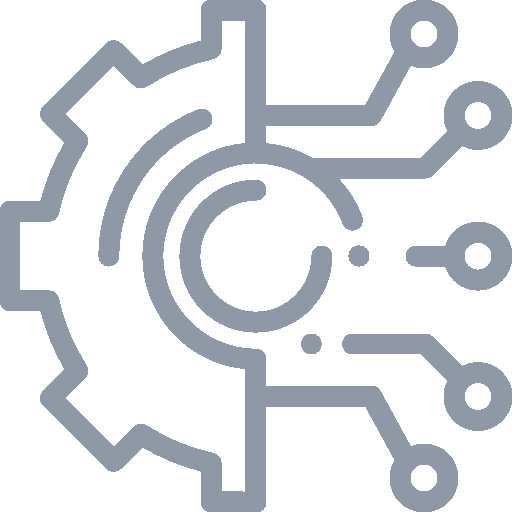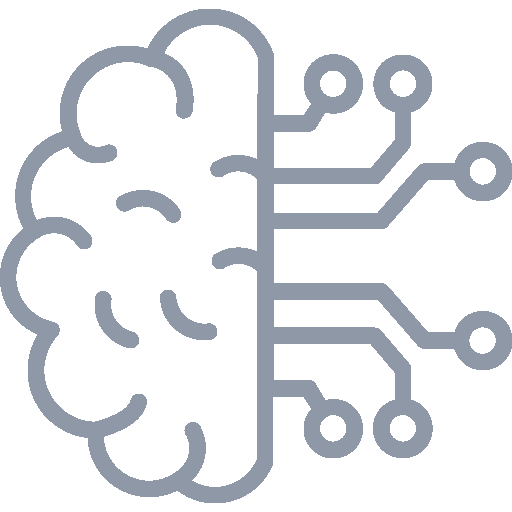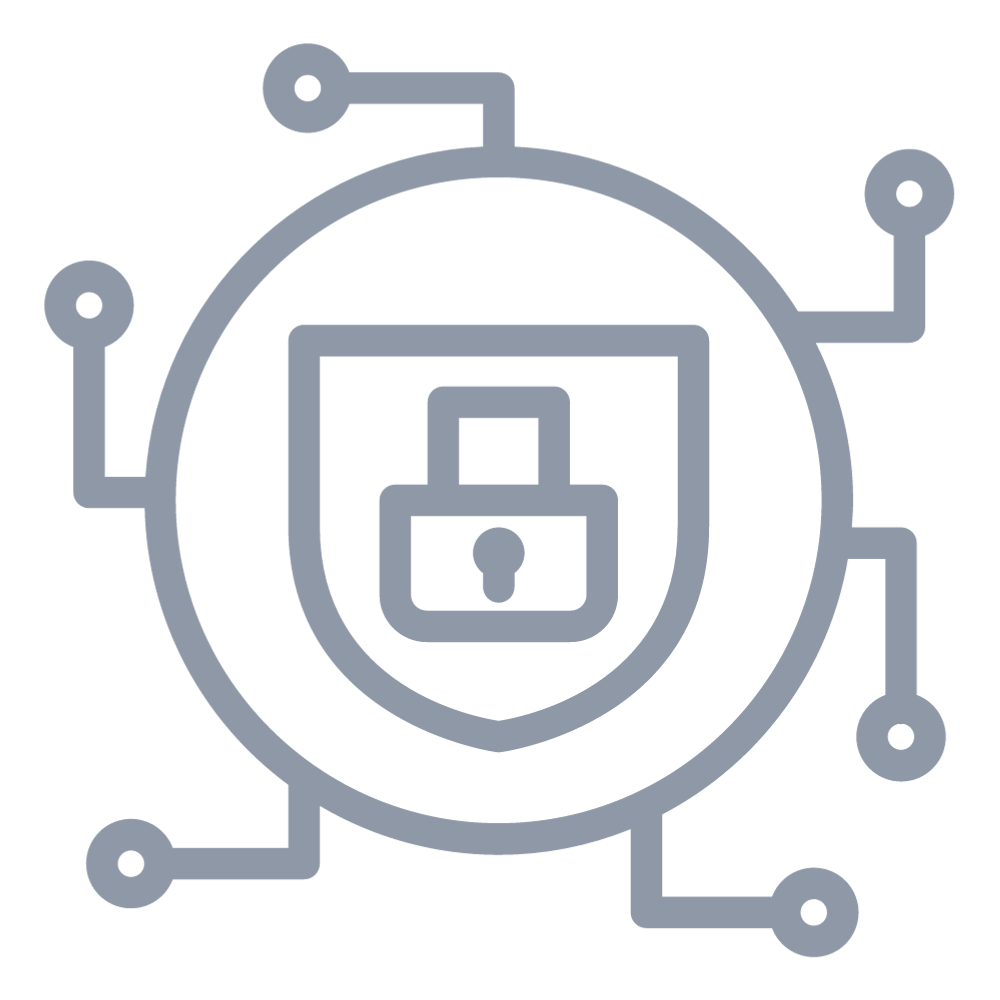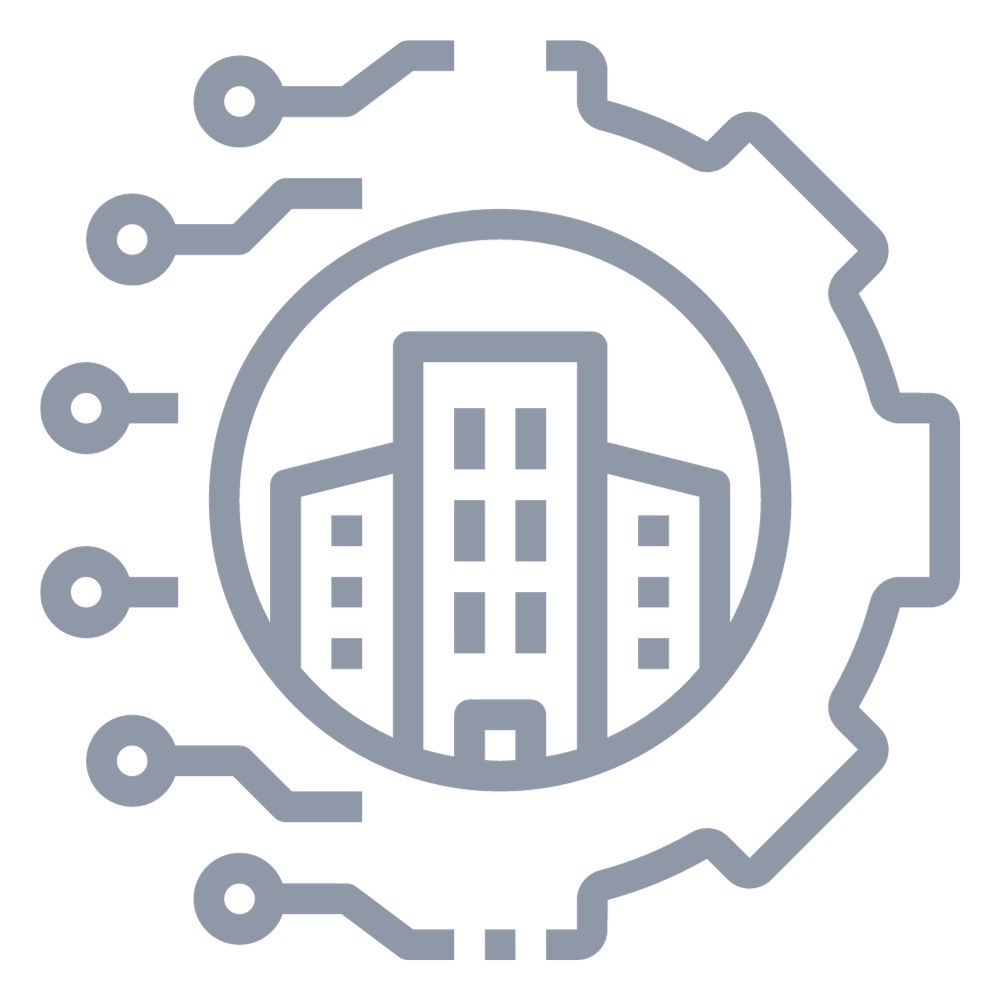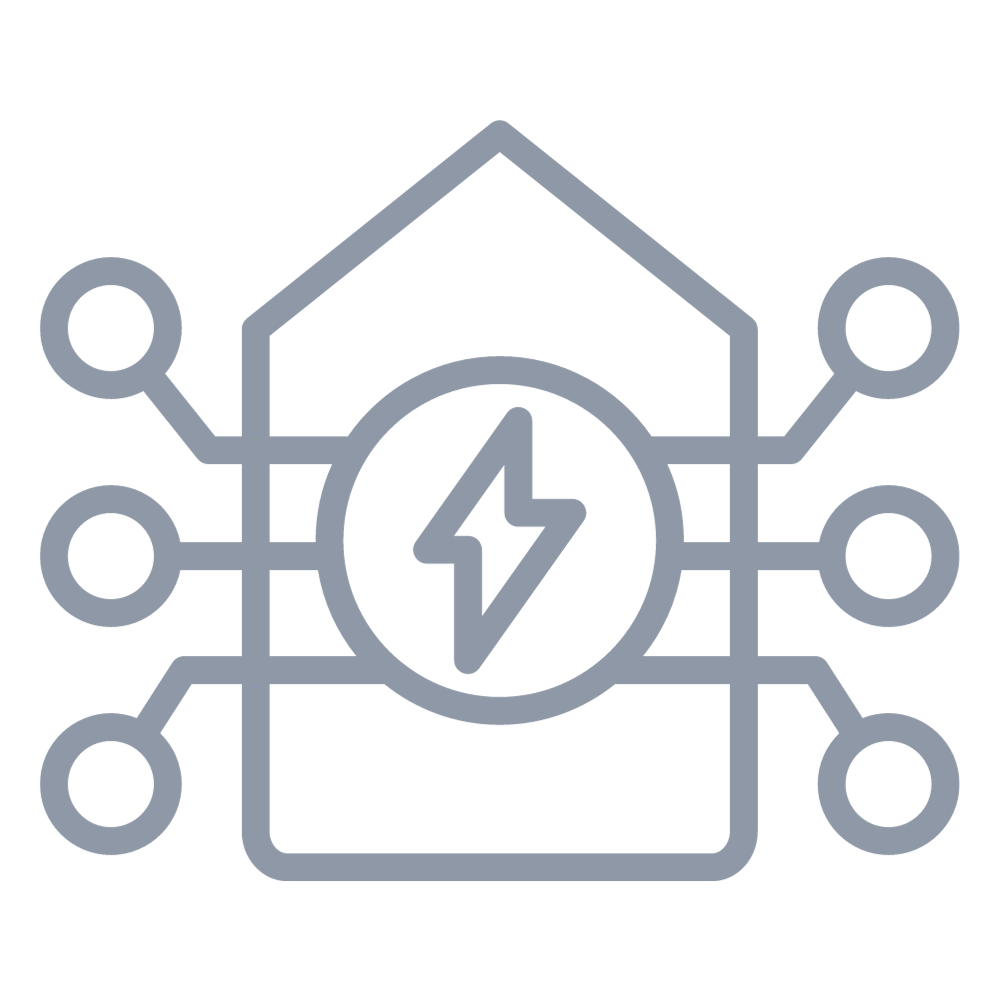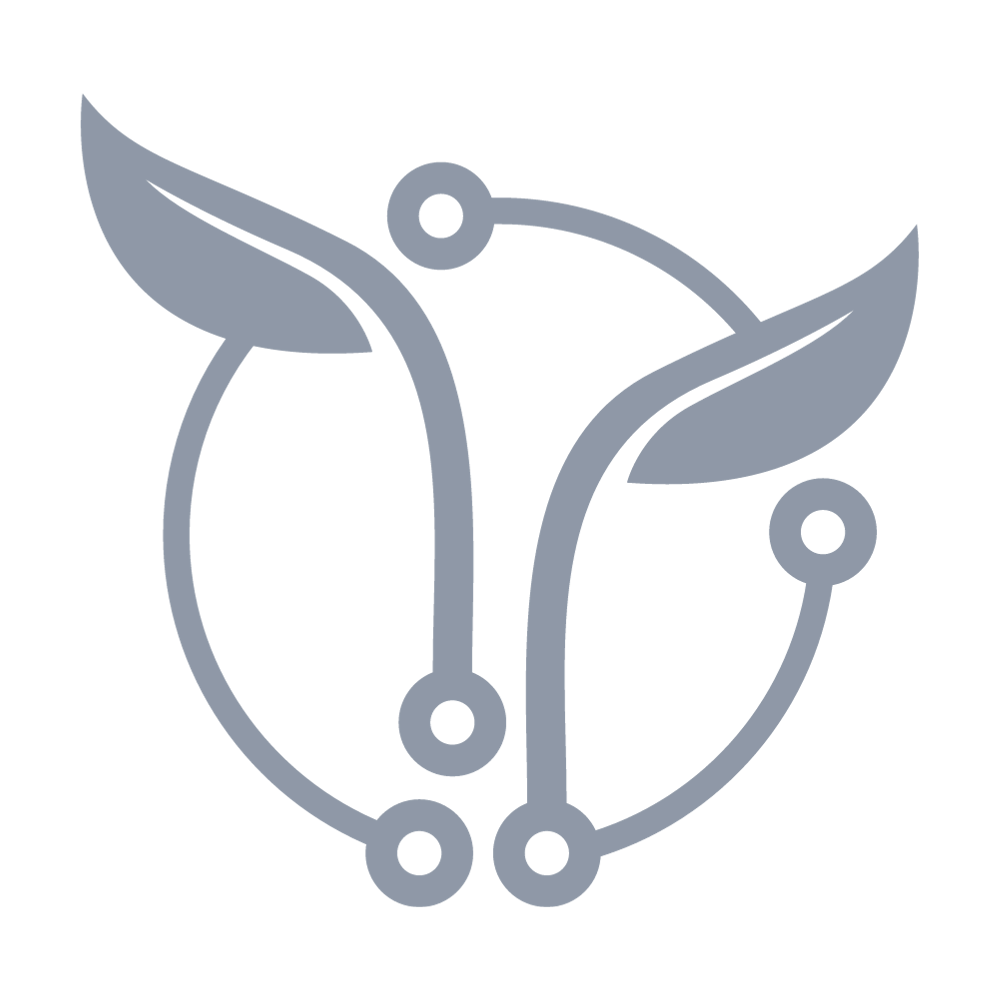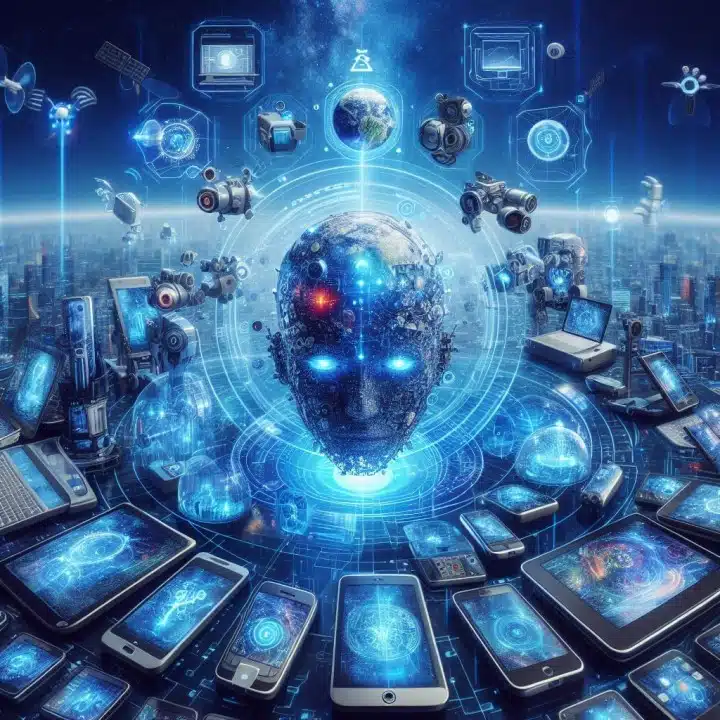In today’s hyper-digital world, delivering exceptional user experiences is more critical than ever. We are at the crossroads of physical and digital realities, where everyday interactions are increasingly powered by digital tools. As the Internet of Things (IoT) and Artificial Intelligence (AI) rapidly converge, the right platform can be a game-changer for automation and transformation of your end-user experience not to mention the huge operational efficiencies and cost savings.
Digital Experience (DEX) defines this emerging reality, but many solutions fail to provide a truly integrated experience, often falling short in engaging end users. Coming soon: AIoT!!! Are enterprises ready?
While seamless digital experiences benefit users, they pose complex challenges for enterprises. Organizations must deliver top-tier, cohesive experiences across a growing array of rapidly evolving technologies. And scale. And avoid pitfalls due to cybersecurity kind of challenges.
The primary challenge is navigating the overwhelming number of options that customers now demand, alongside a constant influx of new innovations from vendors. Initially, IoT struggled to address this issue, missing the chance to leverage the vast amount of data for AI/ML-powered automation. However, in recent years, new platforms have begun to fill this gap.
How can businesses keep up with this evolution? What should enterprise leaders focus on?
In this DEX-driven landscape, enterprises are adopting AI/ML-powered systems to “read” and “manage” user experiences. These experiences span thousands of digital components, numerous vendors, and multiple layers of technology.
Where to begin? Let’s explore the three critical dimensions for choosing the right platform:
1. Where is it Running?
Look for platforms that support different options:
· SaaS: Ensure alignment with your core IT platform—whether Azure, AWS, Google Cloud, or on-premise.
· The DEX platform should be available as a cloud service, allowing scalability and easy management.
· Data Services: Integration with cloud-based data services and dashboards (e.g., SOC) is essential.
· External data platform or AI services integration is crucial for robust analytics and insights – if this is a huge need, you need a cloud service. Most cloud platforms offer AI/ML services, vital for automating and optimizing digital interactions.
· On-premises Solutions: Some enterprises require localized services (e.g., in manufacturing or security), with minimal internet connectivity for tighter control and security.
In summary, an ideal platform should support your cloud choice and an on-premises option.
2. How is it Built?
A modern platform should leverage the latest edge paradigm. Consider these aspects (and check if the platform was built in the last 5 years to avoid being stuck in a legacy setup):
APIs & Modern Tech Stack:
· Support for southbound APIs (to communicate with devices, collect data, and issue bulk commands) and northbound APIs (for enterprise integrations like pushing SIEM events into your SOC). For your future device choices, this is key.
· Why it matters: API flexibility ensures seamless integration across legacy and modern systems.
· Built on cutting-edge frameworks that enhance agility, performance, and future upgrades. Like containers/microservices delivery to the edge for emerging AI components.
3. What are its Capabilities?
Look for end-to-end capabilities that can deliver not only on end-to-end manageability but to support newer paradigm like AIoT.
Key Features:
· Device Integration: Collect and control data from connected devices in real time. More important, the ability to support legacy, current and future devices!
· Data Acquisition: Pull data from various sources for comprehensive analysis and decision-making.
· Digital Twin Modeling: Create virtual replicas of physical environments for enhanced monitoring and simulation.
· Device Control & Commands: Automate actions based on insights, with real-time device management.
· Customer Support: Integrated ticketing systems for problem identification and resolution.
· Machine Learning: Use ML to predict trends, optimize actions, and enhance automation, reducing manual intervention.
· Future-proofing with AIoT: Platforms should be scalable and ready to integrate future AIoT advancements, enhancing user experiences through more personalized, intuitive digital interactions.
So, what should you expect to deliver for your end-users?
1. Personalization: Tailored and largely automated digital experiences.
2. Predictive Maintenance & Reliability: Real-time automated decision-making to prevent issues before they occur.
3. Enhanced Customer Interfaces & Support: Improved customer engagement and faster issue resolution.
4. Smart Experiences & Automation: More convenience and efficiency through intelligent, automated systems.
Given the complexity of managing DEX for your customers and users, AIoT can reduce errors, improve efficiencies and improve your customers’ overall experience.

